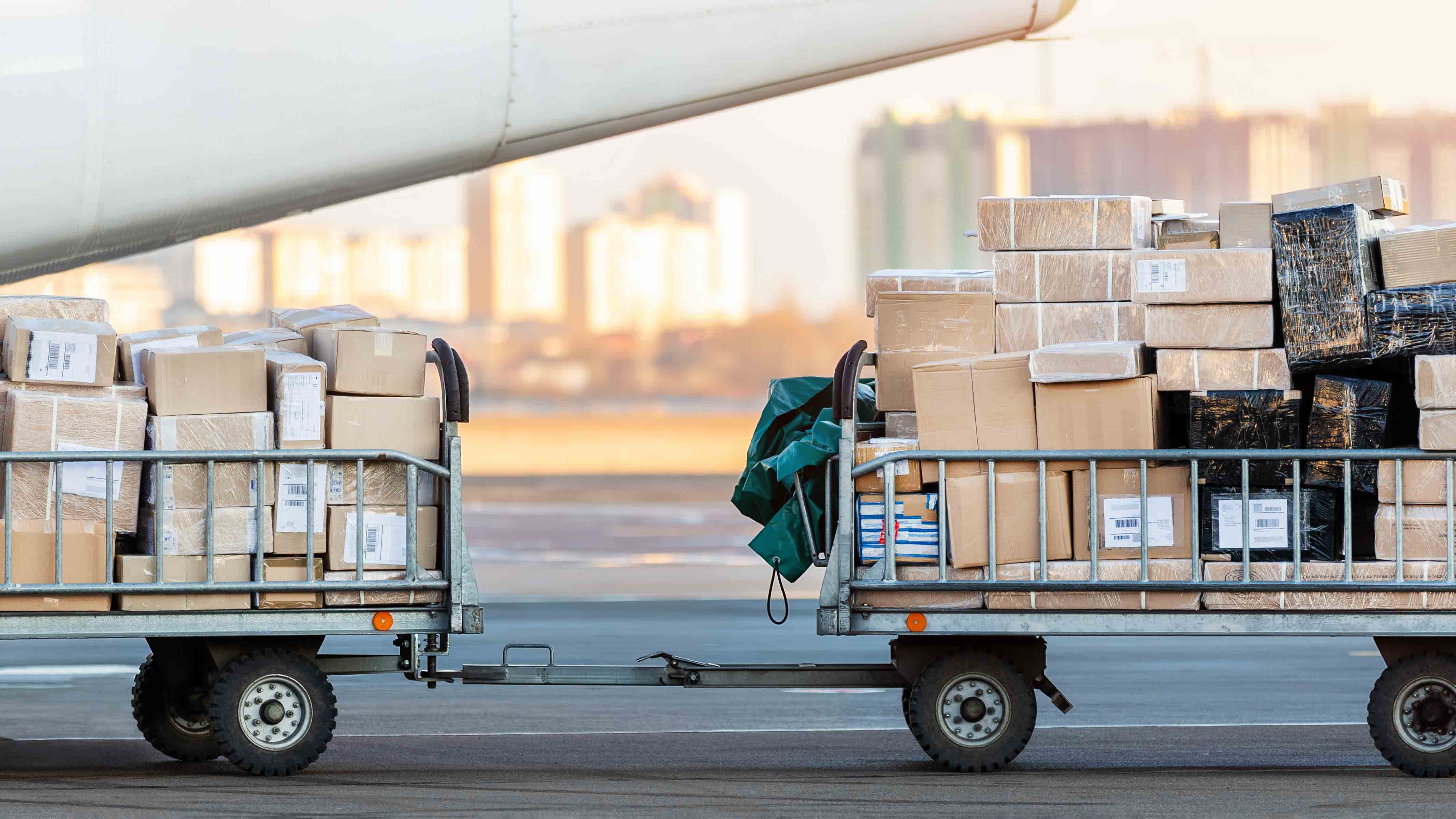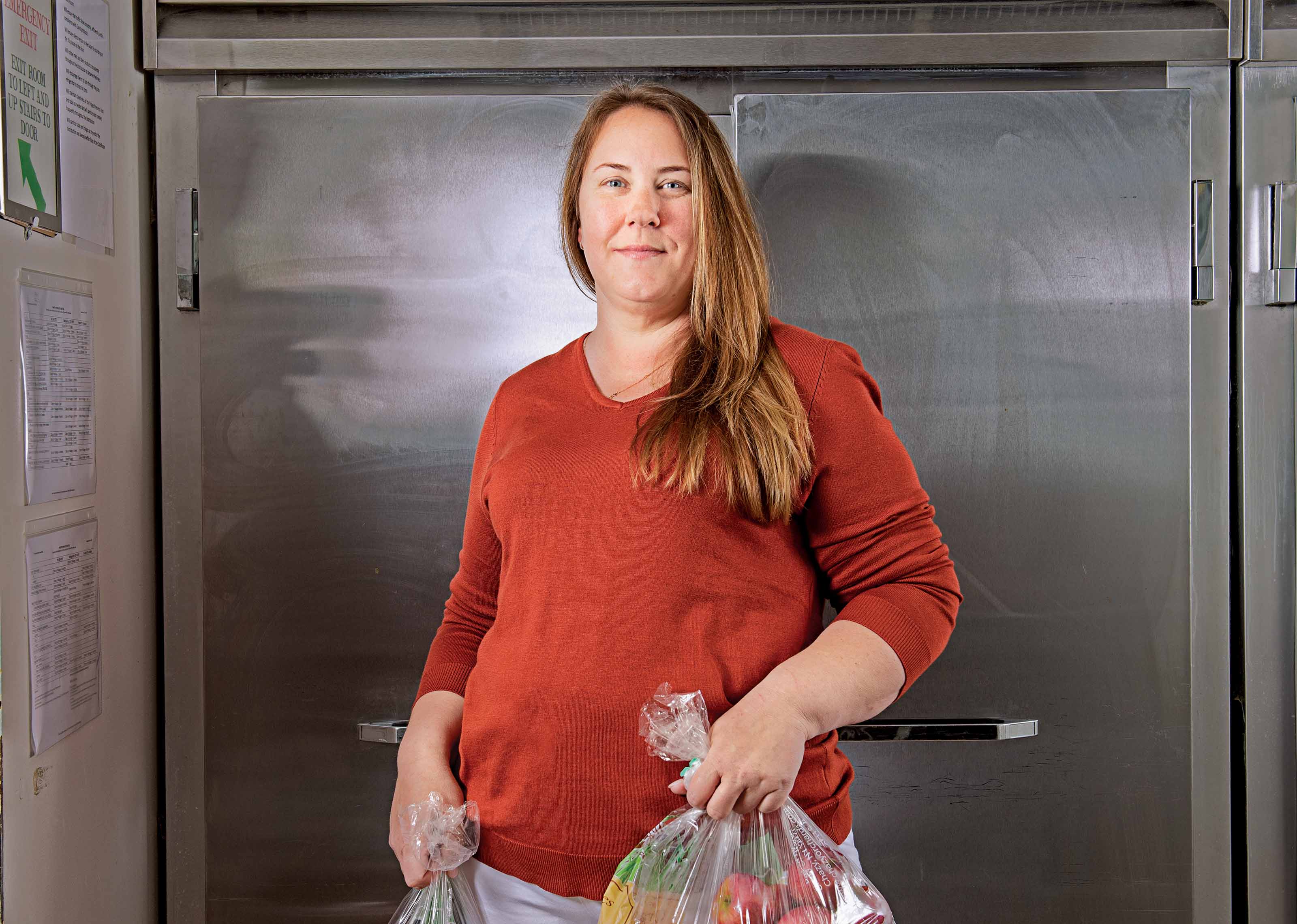Why the Drought Won’t Hike Food Prices
California farmers get creative to channel water to key crops.


Kiplinger's spoke with Daniel Sumner (pictured left), a professor in the Department of Agricultural and Resource Economics at the University of California-Davis, about the effects of California's drought on produce prices over the long-term. Here's an excerpt from our interview:
See Our Slide Show: 7 Ways California's Drought Affects You
California is in its fourth year of drought. Why haven’t we seen big price increases on produce from California farms? Start with the geography. Many crops for which California is the major supplier—lettuce, strawberries, avocados—grow along the coast, which hasn’t been as severely affected by the drought.
What about prices for crops grown in the hard-hit Central Valley? Most of the acreage cuts are in field crops, such as cotton and alfalfa, which have a limited effect on food prices. Some produce crops are affected; cantaloupes could get cut back a bit, so there may be a period this summer when they’re more expensive. But farmers are doing everything they can to move water. Groundwater is scarce, but farmers have enough stored in aquifers so that, when they’re hit with these severe droughts, they can usually pump a little deeper. Water is incredibly valuable for crops that are crucial to U.S. produce supplies (think carrots, tree fruits, grapes), so a farmer will idle a thousand acres of cotton, cut back on alfalfa or grow only 60% of his usual rice crop. Given a very complicated set of rules and regulations, farmers are being really innovative about ways to transfer water.

Sign up for Kiplinger’s Free E-Newsletters
Profit and prosper with the best of expert advice on investing, taxes, retirement, personal finance and more - straight to your e-mail.
Profit and prosper with the best of expert advice - straight to your e-mail.
Is that sustainable long-term? We can’t go on pumping water forever like we have over the past few years. If this drought continues, we’ll gradually have to cut back water even for more-valuable crops.
The U.S. Department of Agriculture says that fresh fruit and vegetable prices will increase between 2% and 3% this year. What do you think? I’d agree. Competition from other countries, such as Mexico, and even other states, such as Arizona and Texas, will keep prices from rising more. But there’s a lot of weather yet to happen before the year is over.
What about California wine? Will we have to pay more for cabernet sauvignon? Farmers aren’t cutting back too much on the vineyards. But the drought could affect lower-priced wines, which tend to be made from grapes from the Central Valley. You might eventually pay more for those wines but probably not this year. The weather in the spring seems favorable for high yields and quality. And the strong dollar means that some wines from Chile, Australia, France or Italy will be a little cheaper, and that puts pressure on wine prices here.
Get Kiplinger Today newsletter — free
Profit and prosper with the best of Kiplinger's advice on investing, taxes, retirement, personal finance and much more. Delivered daily. Enter your email in the box and click Sign Me Up.

Block joined Kiplinger in June 2012 from USA Today, where she was a reporter and personal finance columnist for more than 15 years. Prior to that, she worked for the Akron Beacon-Journal and Dow Jones Newswires. In 1993, she was a Knight-Bagehot fellow in economics and business journalism at the Columbia University Graduate School of Journalism. She has a BA in communications from Bethany College in Bethany, W.Va.
-
 When Should You Hand Over the Keys — to Your Investments?
When Should You Hand Over the Keys — to Your Investments?The secret to retirement planning? "The best time to hand over the keys is before you’ve realized you need to hand over the keys."
By Maurie Backman
-
 A checklist for high-net-worth individuals looking to maintain and grow their wealth.
A checklist for high-net-worth individuals looking to maintain and grow their wealth.A strategic guide to managing, preserving, and expanding your wealth for long-term financial security.
By Dori Zinn
-
 How to Search For Foreclosures Near You: Best Websites for Listings
How to Search For Foreclosures Near You: Best Websites for ListingsMaking Your Money Last Searching for a foreclosed home? These top-rated foreclosure websites — including free, paid and government options — can help you find listings near you.
By Bob Niedt
-
 Four Tips for Renting Out Your Home on Airbnb
Four Tips for Renting Out Your Home on Airbnbreal estate Here's what you should know before listing your home on Airbnb.
By Miriam Cross
-
 Is Relief from Shipping Woes Finally in Sight?
Is Relief from Shipping Woes Finally in Sight?business After years of supply chain snags, freight shipping is finally returning to something more like normal.
By David Payne
-
 Economic Pain at a Food Pantry
Economic Pain at a Food Pantrypersonal finance The manager of this Boston-area nonprofit has had to scramble to find affordable food.
By Emma Patch
-
 The Golden Age of Cinema Endures
The Golden Age of Cinema Enduressmall business About as old as talkies, the Music Box Theater has had to find new ways to attract movie lovers.
By Emma Patch
-
 Pricey Gas Derails This Uber Driver
Pricey Gas Derails This Uber Driversmall business With rising gas prices, one Uber driver struggles to maintain his livelihood.
By Emma Patch
-
 Smart Strategies for Couples Who Run a Business Together
Smart Strategies for Couples Who Run a Business TogetherFinancial Planning Starting an enterprise with a spouse requires balancing two partnerships: the marriage and the business. And the stakes are never higher.
By Alina Tugend
-
 Fair Deals in a Tough Market
Fair Deals in a Tough Marketsmall business When you live and work in a small town, it’s not all about profit.
By Emma Patch